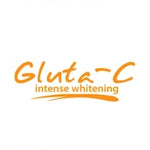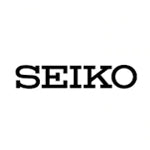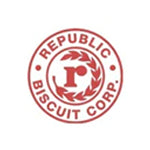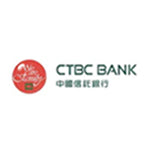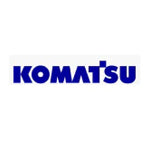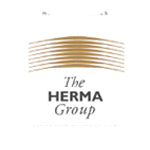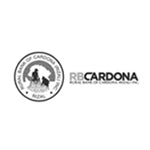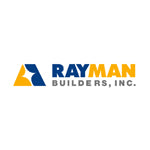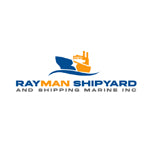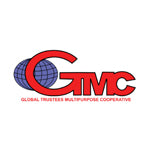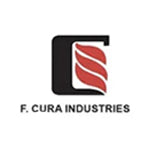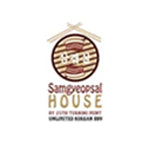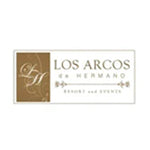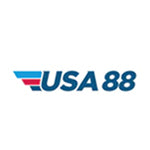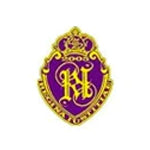How to Make Patches Without Embroidery?
Looking for statement-making custom patches but not keen on classic stitching? Good news—there are plenty of non-embroidery ways to build bold, durable patches that still look premium on uniforms, merch, workwear, or giveaways. Below, we break down the most popular options, how they’re made, when to use them, and the best backings to choose so your patches stay put.
1) PVC (Rubber) Patches
What it is: Soft, molded PVC creates a rubbery patch with raised details and crisp edges.
Why you’ll love it: Weather-proof, color-true, and nearly indestructible. Perfect for outdoor teams, utility uniforms, and bags.
Best for: Logos with solid shapes, badges with borders, and designs that need high durability.
Finish & feel: Matte or satin; chunky 3D details are easy to read even from a distance.
2) Woven Patches
What it is: Your design is woven directly into a tight fabric (think label-quality detail), not stitched on top like embroidery.
Why you’ll love it: Handles small text and intricate lines better than embroidery, with a thinner, more flexible profile.
Best for: Badge sets, corporate IDs, uniform labels, and minimalist artwork.
Finish & feel: Smooth, lightweight, clean—great for apparel that needs a low-profile patch.
3) Sublimated (Printed) Fabric Patches
What it is: Full-color graphics are dyed into the fibers of a polyester patch blank.
Why you’ll love it: Photo-quality gradients and micro details—no color limits. The print won’t crack or peel because it’s infused into the fabric.
Best for: Complex art, gradients, multi-color crests, or product shots.
Finish & feel: Vibrant, flat, and featherlight.
4) Screen-Printed Twill Patches
What it is: Classic cotton/poly twill patch blanks printed with spot colors via silkscreen.
Why you’ll love it: Bold, saturated color and sharp edges with authentic, heritage appeal.
Best for: Vintage athletics, workwear, team merch, bold iconography.
Finish & feel: Slightly textured twill with a smooth print; durable and timeless.
5) Leather & Faux-Leather Patches (Debossed or Laser-Etched)
What it is: Artwork is pressed (debossed) or laser-etched into genuine or synthetic leather.
Why you’ll love it: Premium, upscale look that elevates caps, jackets, aprons, and bags.
Best for: Hospitality, lifestyle brands, limited drops, and gifts.
Finish & feel: Warm, tactile character that ages beautifully (or stays uniform with faux leather).
6) HTV (Heat-Transfer Vinyl) & Film Patches
What it is: Cut graphics layered onto a fabric patch base, then heat-bonded.
Why you’ll love it: Fast turnaround, metallic and specialty films (reflective, glitter, puff), and easy reorders.
Best for: Short runs, seasonal collections, or bold text locks.
Finish & feel: Smooth to the touch; from matte to mirror-shine depending on film.
Edge Finishes That Make a Difference
-
Merrowed border (overlock edge): The classic rounded edge you see on many patches; tidy and durable.
-
Laser-cut (hot-knife) edge: Clean, flush cut that follows complex shapes precisely—great for logos with unique contours.
-
Bar-tack points (for PVC): Discreet reinforced points for sewing rubber patches to heavy garments or gear.
(Note: Edge finishing is separate from embroidery—your patch design itself remains non-embroidered.)
Choose the Right Backing
-
Heat-Seal (Iron-On): The easiest application—great for uniforms and giveaways. Works best on cotton/poly blends.
-
Sew-On: Ultimate hold for heavy-wear items (jackets, bags, workwear). Combine with heat-seal for a belt-and-suspenders finish.
-
Hook-and-Loop (Velcro): Swap patches by role, rank, or event. Popular for tactical, events, and modular branding.
-
Pressure-Sensitive (Peel-and-Stick): Temporary; handy for events or samples, but not for long-term laundering.
Design Tips for Non-Embroidery Patches
-
Match art to method:
-
Tiny text & fine lines → Woven or Sublimated
-
Bold, blocky icons → PVC or Screen-Printed Twill
-
Premium minimalist branding → Leather / Faux Leather
-
Specialty finishes (reflective/metallic) → HTV/Film
-
-
Mind the contrast: High contrast boosts legibility at a glance—vital for uniforms and caps.
-
Outline smartly: A thin stroke or border helps separate your patch from the garment color.
-
Think placement early: Chest, sleeve, yoke, front panel of a cap, or pocket corner each reads differently. Mock it up on the actual product type.
How to Apply (Quick Guide)
-
Pre-press the garment (5–10s) to remove moisture.
-
Position the patch using heat-resistant tape if needed.
-
Heat-apply (per material): medium-firm pressure, even heat.
-
Cool & check edges: Re-press corners if needed.
-
For heavy-use gear: Add a quick perimeter stitch for insurance (especially bags and outerwear).
Care & Longevity
-
Wash inside-out, gentle cycle, cool water.
-
Avoid harsh bleach.
-
For heat-applied patches, low heat tumble or hang dry.
-
If an edge ever lifts (rare), re-press with a protective sheet for a few seconds.
Why Go Stitch-Free with Craft Clothing
At Craft Clothing, we believe great design should withstand real life—from shift work to game day to daily commutes. Our Manila team pairs premium base materials with the right non-embroidery process for your artwork, then finishes with clean borders and the backing that fits your use case. You’ll get expert guidance, free mockups, and mass-production quality that stays sharp wash after wash.
Ready to create durable, stitch-free custom patches for your brand, team, or event? Explore options and start your brief here: custom patches.
Let’s make your mark—beautifully, and built to last.


















